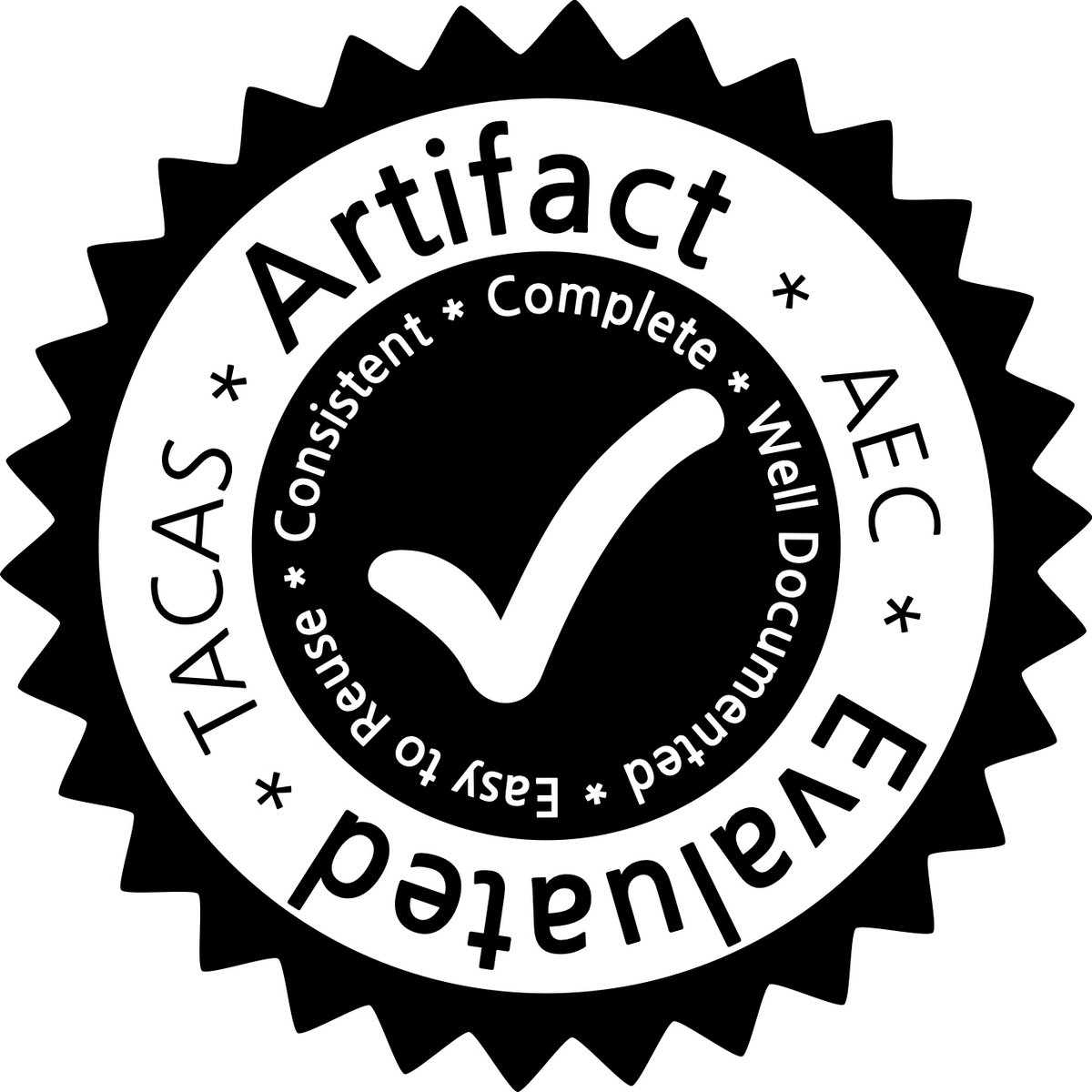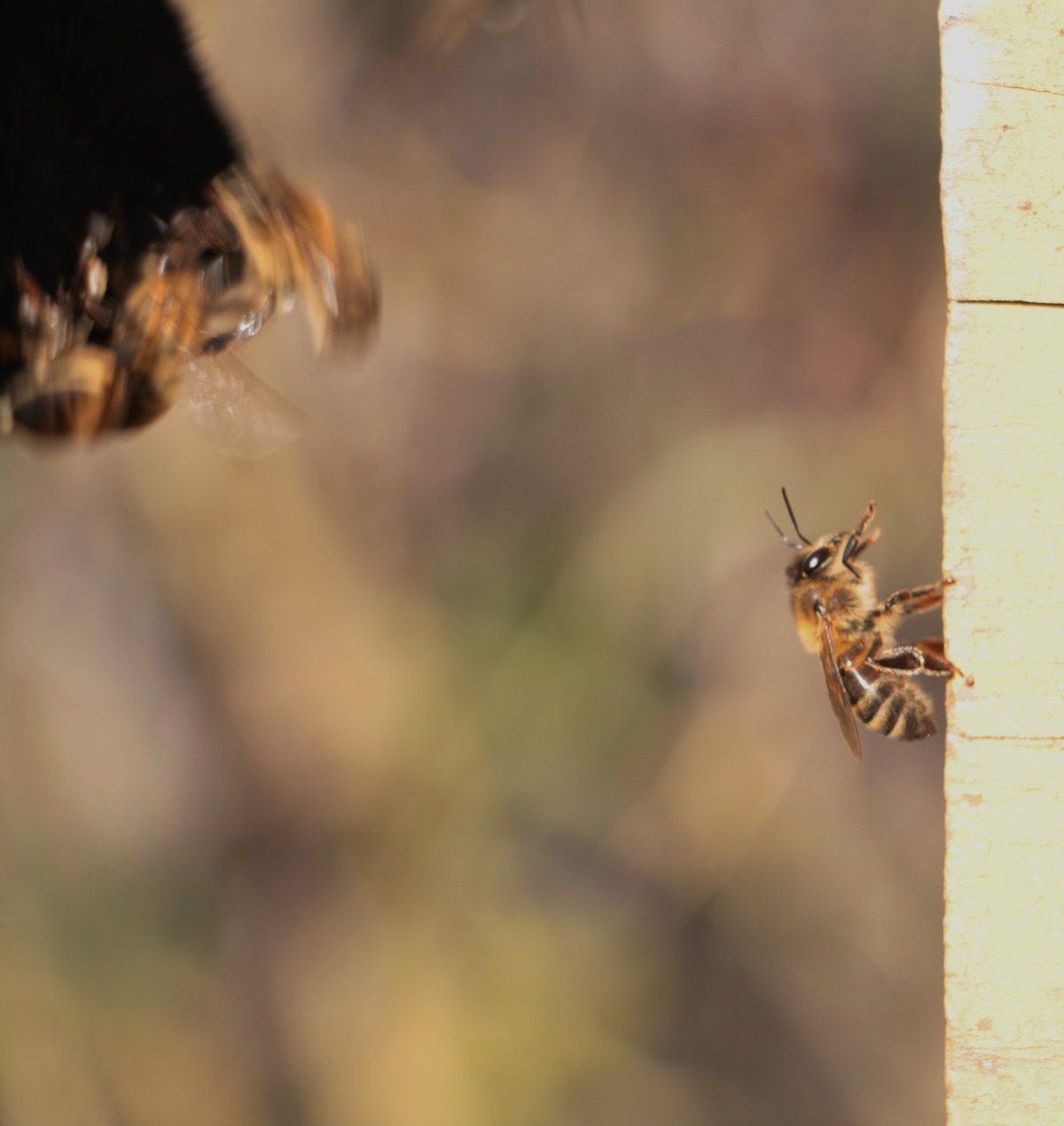DiPS

Data-informed Parameter Synthesiser
A Tool for Data-informed Parameter Synthesis for Discrete-Time Stochastic Processes from Multiple-Property Specifications
Inferring the parameter values of stochastic systems is a nontrivial task, as the observations intrinsically differ from each other. Computer scientists Matej Hajnal and Tatjana Petrov created DiPS, a tool for parameter synthesis for discrete time Markov chains (DTMCs) against multiple-property specifications provided in Probabilistic Computation Tree Logic (PCTL). DiPS solves the parameter inference problem for a fraction of purely probabilistic models, while the data measurements are formalized in a form of temporal properties. DiPS implements several methods, each suited for a different computational demand drawn by the model complexity. The tool is freely available on GitHub where users can obtain information and follow tutorials that provide the main workflow of the tool. In 2020, Dips was awarded with a TACAS certificate.
Cite the tool
Hajnal M, Nouvian M, Šafránek D, Petrov T (2019) Data-Informed Parameter Synthesis for Population Markov Chains. In: International Workshop on Hybrid Systems Biology (pp. 147-164). Springer, Cham. DOI:10.1007/978-3-030-28042-0_10

Solving the puzzle of colony defence
DiPS was created for an interdisciplinary project with neuroscientists and computer scientists to solve the puzzle of how honeybees defend their colonies. Honeybees are known to aggressively defend their colony, but this behaviour presents an intriguing paradox. A honeybee’s most efficient form of defence is to sting, which leads to unavoidable death by abdominal damage. So how do bees achieve the balance of defending their colony without sacrificing too much of their workforce? Morgane Nouvian, Giovanni Galizia, and Tatjana Petrov are proposing that to reach this balance, each individual integrates information about its social context when making the decision to engage or not into defence. Combining ideas from collective behaviour, neuroscience, and computer science, their work will provide a comprehensive view of the mechanisms underlying social regulation of defensiveness in bees.
